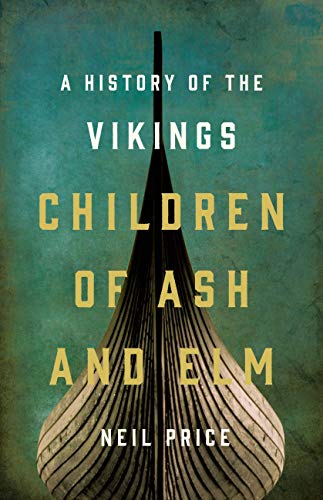IKEA is a popular, if not always beloved, Scandinavian indoor furnishing company know for the standardisation of its furniture. A recent archaeological discovery in Norway suggests that Vikings may also have had standardised temples of sorts.
In the village of Ose in southwestern Norway, the remains of a 8th century “godhouse” have recently been unearthed. While being the first such find in Norway, it closely resembles similar structures excavated in Tissö, Denmark and Uppåkra, Sweden. This is seen as the best example of such a place yet.
The godhouse is thought to have been used for midsummer and midwinter solstice ceremonies in honour of the gods. Remnants of meat cooked for Odin, Thor and Freyr, thought to have been represented by figurines while the feast was eaten by the human participants, have been unearthed. The figurines are still missing, but in 1928 a phallus stone was found in the same spot.
If the standard godhouse design reached to the lands of the Rus awaits further discoveries. Meanwhile, the first functioning hof, or pagan temple, to be constructed since the Viking Age awaits completion in Reykjavik. Land has been donated to the Asatru society by the city of Reykjavik on the Öskjuhlíð Hill and a design by architect Magnús Jensson was selected, looking a little like an upturned longship. The sun’s path and the number 9, representing the 9 worlds of the old religion, are will be reflected in the structure. However, the project has had various delays, including the banking collapse of 2008 and the refusal of a bank loan in 2019. Construction began in 2015 and was planned to take a year but little progress has been made. Perhaps it will take 9 years, all in all, for the new hof to the old gods to rise.
For more on the Ose find, see here:
https://www.smithsonianmag.com/smart-news/norse-godhouse-site-found-norway-180976075/
For more on the Hof, here is an article from 2015:
https://icelandmonitor.mbl.is/news/news/2015/01/27/asatru_temple_rises_in_2016_2/


 Norwegian lion meets Russian bear
Norwegian lion meets Russian bear